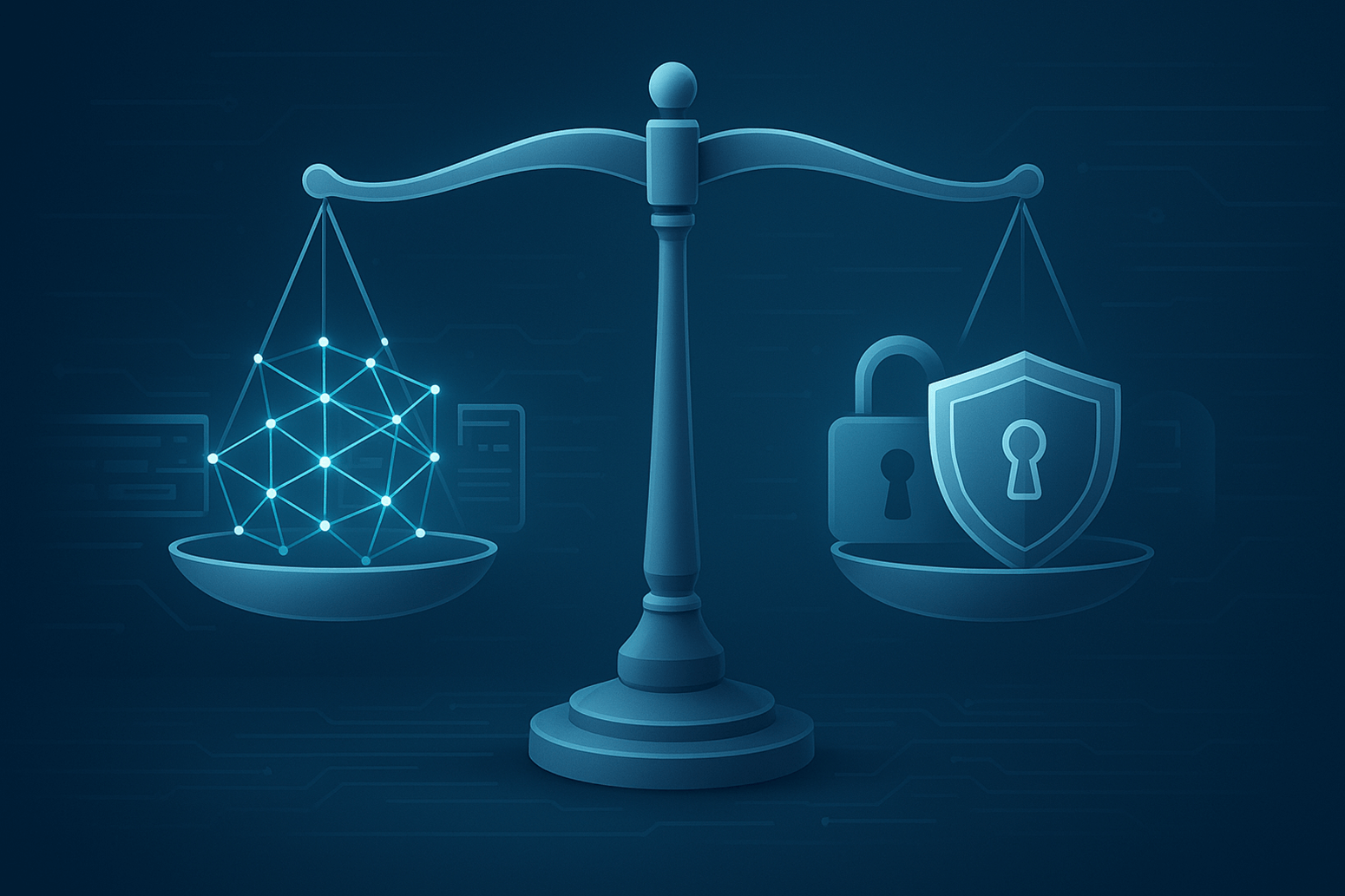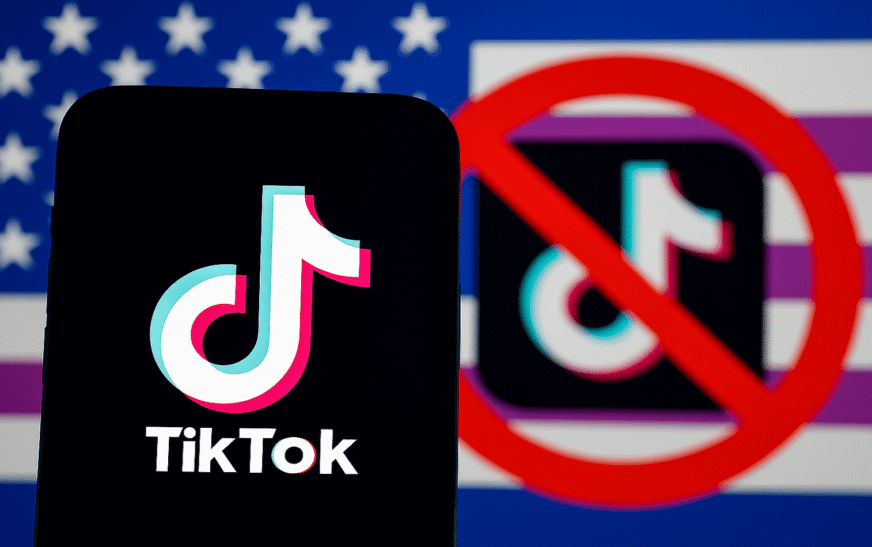A revolutionary development in fiber-optic technology has put Japan at the forefront of international data transmission at a time when fast internet is not just a luxury but also a need. Using a 19-core standard-diameter optical fiber, Japanese researchers have reached an unparalleled milestone of 1.02 petabits per second (Pbit/s) across a 1,808-kilometer fiber stretch. This innovation, which was developed in collaboration with Sumitomo Electric Industries and Japan’s National Institute of Information and Communications Technology (NICT), offers us a glimpse of what high-speed long-distance data transit may look like in the future.
A Record-Breaking Feat
Japan’s National Institute of Information and Communications Technology (NICT) said on May 29, 2025 that they had made a big breakthrough they could transfer data across 1,808 kilometers at a speed of 1.02 petabits per second, which is the same as 125 terabytes per second. In other words, in theory, that’s quick enough to download every Netflix TV and movie in one second. That comparison is more symbolic than useful (we’ll explain why later), but the milestone is a big step forward for communication throughout the world. Not only does it show that Japan is a pioneer in fiber-optic technology, but it also shows that ultra-fast data rates can be reached across large distances without building a whole new network.
Who Was Behind the Project?
This groundbreaking achievement was the result of collaboration between Japan’s top research institution and a global leader in optical fiber manufacturing. Together, they combined cutting-edge engineering with forward-compatible design to push the boundaries of high-speed data transmission.
National Institute of Information and Communications Technology (NICT)
NICT is Japan’s primary R&D institute for communications technology. They led the experimental design, fiber-optic transmission system development, signal processing and long-distance testing. Their team used advanced MIMO (Multiple Input, Multiple Output) techniques and optical amplification in both C- and L-bands to ensure error-free transmission across all 19 cores of the fiber.
Sumitomo Electric Industries, Ltd.
The 19-core fiber optic cable was manufactured by Sumitomo Electric. Despite holding 19 separate cores for data, the fiber still fits the standard 0.125 mm diameter used in today’s optical fiber infrastructure. This backward compatibility is key it allows potential upgrades without overhauling the entire global fiber-optic network.
What Makes This Fiber Different?
Conventional optical fibers transfer data and light using a single core. Nineteen data streams may travel at once thanks to Sumitomo’s 19-core optical fiber, which functions as a multi-lane superhighway. The innovation doesn’t just come from the number of cores it’s the fact that it fits into the same size as today’s standard cables, making it viable for integration into existing networks.
Combined with simultaneous amplification across bands and complex digital signal processing, the system was able to maintain stability and speed over an astonishing distance. The result is the highest ever capacity-distance product for standard-diameter fiber 1.86 exabits per second·km.
The Netflix Metaphor: Fact or Fiction?
News headlines quickly jumped on a flashy comparison, the new speed could download the entire Netflix library in one second. Although logically possible, the reality is more complex:
✅ True in Theory
- 1.02 Pbit/s = 125,000 GB/s.
- Estimates of Netflix’s total catalog size vary widely from around 100 TB (based on 18,000 titles × 7 GB each) up to 575 TB or even petabyte‑scale when accounting for multiple cuts and quality levels. Using ~123 TB as an average makes the metaphor striking but should be understood as an approximate figure, not an exact requirement.
❌ But Not in Practice
- Network Infrastructure: This test was done in a lab, not on the public internet.
- Storage Speed: No consumer device or server setup can write 125 TB of data in a single second.
- Service Limits: Netflix doesn’t allow full-catalog downloads due to licensing and DRM restrictions.
So while the metaphor is catchy, it’s mainly meant to illustrate the immense scale of this data rate not its immediate practical application.
Why This Isn’t Yet Publicly Available
As of now, this record-breaking speed is confined to the laboratory. It’s not something available to consumers, internet providers or even enterprise networks. The technology remains in the experimental stage awaiting further development before any commercial rollout is possible.
Here’s why:
- Experimental Setup Only: The transmission occurred on a recirculating-loop testbed, not in live public networks. This means real-world conditions like traffic variability, environmental stress and interference haven’t yet been tested.
- Manufacturing Hurdles: Mass production of 19-core fiber is still in early R&D stages.
- Scaling up without compromising fiber quality, alignment or signal isolation remains a significant challenge.
- Hardware Limitations: The switches, routers and storage arrays that make up the current network gear are not designed to withstand petabit rates. In order to prevent bottlenecks and guarantee steady transmission, a comprehensive refurbishment of the supporting equipment would be required.
- Cost Constraints: Advanced multi core systems are costly and have not been extensively tested. Early deployments could not yet be financially feasible in the absence of established economic models or broad demand.
While the potential is immense, commercial deployment could still be 5–10 years away. This timeline depends heavily on technological regulatory and market readiness progressing in sync.
What Needs to Happen Next?
Japan’s breakthrough is promising, but real-world use requires several critical developments to scale and integrate the technology globally.
Mass Manufacturing
19-core fiber must be produced on a large scale at a reasonable cost to guarantee constant quality and low crosstalk.
Standardization
Standards must be established by international organizations to ensure interoperability and promote telecom investment.
Hardware Evolution
Routers, amplifiers andsignal processors must be redesigned to handle parallel multi-core data streams efficiently.
Real-World Trials
Testing in live terrestrial and submarine networks will confirm the fiber’s durability and operational reliability.
Ecosystem Readiness
Data centers, ISPs and connected systems must evolve to support and fully leverage ultra-fast fiber infrastructure.
The Global Impact of This Breakthrough
When scaled and deployed, this technology could revolutionize several key sectors:
| Sector | Potential Impact |
| Cloud Computing | Real-time transfer of enormous datasets between data centers. |
| Artificial Intelligence | Accelerated model training by enabling faster data throughput. |
| 6G Networks | Ultra-low latency and high-capacity backhaul support. |
| VR/AR and Streamings | Smooth transmission of augmented reality, real-time holography and 8K+ video. |
| Autonomous Vehicles | Real-time vehicle-to-cloud-to-vehicle communication. |
| IoT | Support for billions of connected devices communicating simultaneously. |
A History of Japan’s Data Transmission Leadership
Japan has been at the forefront of fiber-optic research for a long time:
- 2022: NICT achieved 1.02 Pbit/s over 51.7 km using 4-core fiber.
- 2023: Although it was just across 63.5 kilometers, researchers achieved 1.7 Pbit/s.
- 2025: The current record stretches that to 1,808 km while keeping standard cladding and full compatibility.
This trajectory shows steady progress from short-range to long-haul, real-world-suitable solutions.
Recognized Worldwide
Not everyone has overlooked the accomplishment. The renowned Optical Fiber Communication (OFC) Conference 2025 in San Francisco accepted the 1.02 Pbit/s demonstrations as a post-deadline submission. Such acknowledgment emphasizes the technology’s significance to science and disruptive potential. It confirms the discovery as a significant turning point in telecom and photonics engineering. Furthermore, it indicates a high level of attention from scholars, business executives and legislators worldwide.
Final Thoughts
A strategic vision for the future of international communications, Japan’s 1.02 petabit-per-second data transfer is more than simply a scientific achievement. It proves that faster, longer-distance and scalable internet is not only possible but closer than we think. While this innovation remains in the lab for now, the fact that it uses standard-diameter fiber suggests it could be deployed without massive infrastructure overhauls.
That’s a huge deal. It means the internet of tomorrow capable of supporting AI, AR, 6G and even beyond might not require building from scratch but upgrading what we already have.
So, no you can’t yet download Netflix in one second. But thanks to NICT and Sumitomo Electric, the possibility of doing something even more impressive is now very real.












